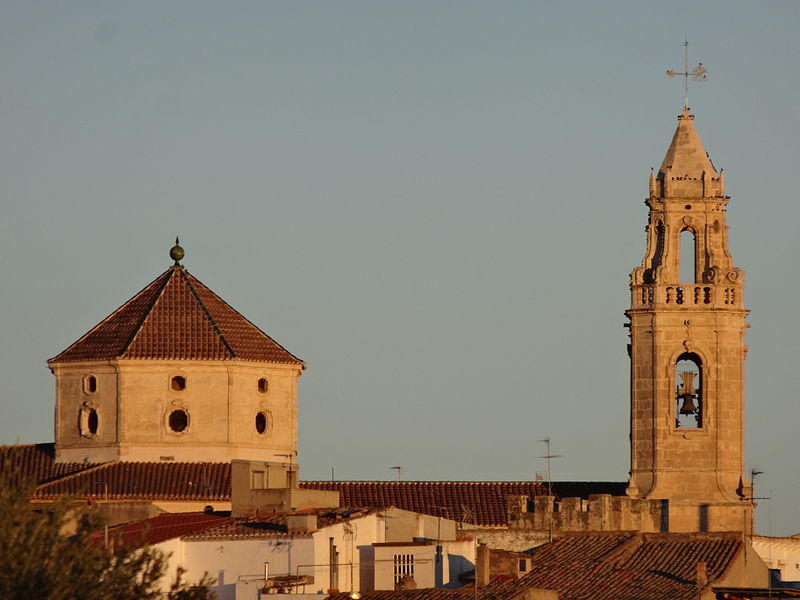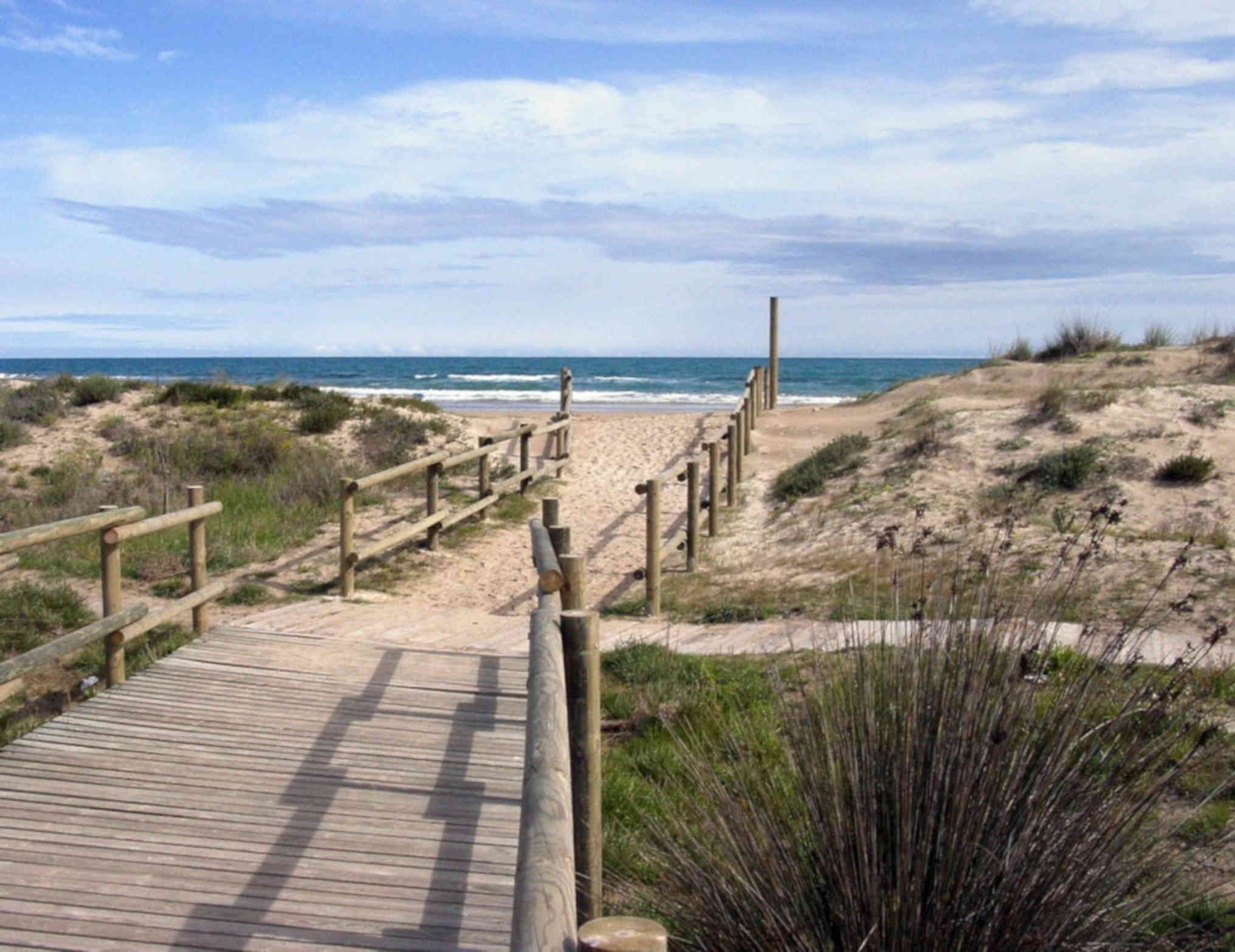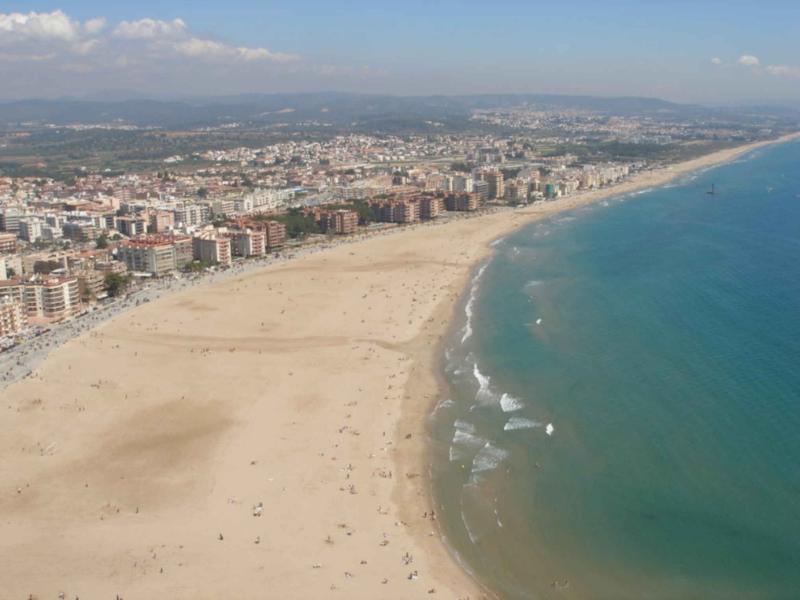







Torredembarra combines a glorious past with a present full of tourist attractions. Two powerful reasons to visit one of the municipalities of the Costa Dorada of greatest interest to the traveler. Near this small fishing village, in the Munts, in the neighboring Altafulla, a remarkable Roman villa was excavated. With this excuse, the traveler heads towards Catalan lands.
Of roman origin, The urban and population center of Torredembarra began to be noticed with the arrival of the Arabs in the Iberian Peninsula. They will dominate this entire area until the 11th century, when it becomes a border area of Christian domination.
Torredembarra passed through the hands of various Catalan noble families. From 1391 the dominion over the place fell to Pedro de Icart and his descendants for the next three centuries. They will build a castle and endow the town with walls.
A historical event that marked the evolution of the town was the battle of Torredembarra, which pitted the troops of Philip V against the supporters of the Austrian Crown in 1713.
The end of the War of the Succession (1700-1714) had an indirect consequence for the town, which ended up becoming a town open to trade. The new Bourbon authorities removed the right of entry of goods to the maritime customs of Tarragona and granted it exclusively to Torredembarra. From that moment on, the town attracted traders from other towns in the Camp de Tarragona and also from Italy. In addition, a good number of Torredembarra inhabitants, until then farmers or sailors, dedicated themselves to the maritime trade.
In 1771, the port of Tarragona recovered the right of entry. Seven years later, King Charles III enacted the Decree of Free Trade and Catalan emigration to America began.
Until the middle of the 19th century, many inhabitants of Torredembarra traveled to the other side of the Atlantic.